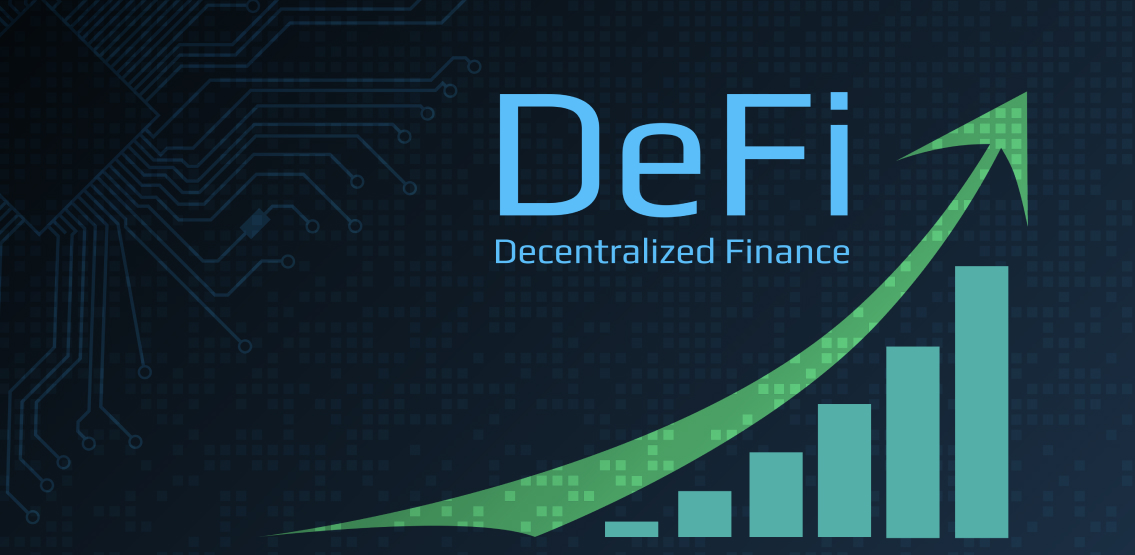With Jack Dorsey recently announcing that Square will launch a new finance platform for creating decentralised finance with Bitcoin, the world of DeFi should finally start speeding up and begin to eat the banks and the traditional world of finance.
Decentralised Finance (DeFi) really made the financial world sit up and take notice as the Total Value Locked (TVL), mainly on the Ethereum platform, began to reach impressive proportions. DApps such as Maker, Compound, Aave, Synthetics, Uniswap and others, offered a wide range of financial services such as lending, borrowing, futures, exchanges, and algorithmic trading.
Gone are the intermediators and gatekeepers of the traditional financial world. The decentralised aspect of these DApps on top of Ethereum allowed users to just trade, without having to go through the identity checks and other paraphernalia that is common for traditional finance companies.
To quote Lex Sokolin, co-head of decentralised protocols at Consensys:
“The advantages that DeFi has are multifold. Number one: it is in theory up 100 per cent of the time, right? So, because Ethereum is always up, so is DeFi. And then there is composability, the ability to layer.”
To ‘layer’ is to program different applications to work in a sequence, one after the other. For example, to quote a recent Wired article:
“One can easily design a program that would automatically borrow cryptocurrency from a lending platform, dump it on a decentralised exchange in the hope of making its price plummet, buy it back and return it, possibly pocketing a short margin – in a matter of seconds. Investing strategies become puzzles, jigsaws of software commands to compose on the fly.”
By the end of 2020, a new evolution out of DeFi had manifested itself in the form of yield farming. This was a way of earning interest, fees, or other rewards, simply by depositing tokens on decentralised lending markets.
Jamie Burke is the CEO of Outlier Ventures, and he believes that in spite of the insecurity of some DeFi protocols, eventually DeFi will win through. He says:
“I think of DeFi as a sandbox: I’ve got a concept. I can test, validate that concept. I can understand the economics of it in this permissionless sandbox that is DeFi. Once I have done that, I can then raise money, I can hire the lawyers. Ultimately, if you want mainstream users, the reality is that the average person wants the insurance policy of a regulated product.”
The question is whether Ethereum will endure as the undisputed blockchain for DeFi projects, or whether competitors will supplant it. The change-over from proof-of-work to proof-of-stake plus a huge upgrade in the form of Ethereum 2.0, will cement that hegemony.
The resultant improvement from 15 transactions to 10,000 a second should certainly help matters.
Disclaimer: This article is provided for informational purposes only. It is not offered or intended to be used as legal, tax, investment, financial, or other advice.
Credit: Source link























